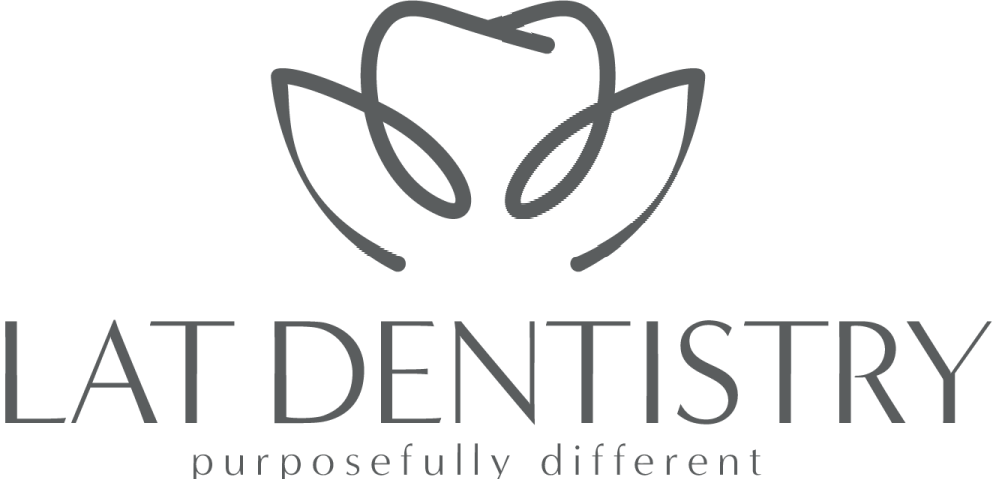Choosing A Toothpaste For You
Toothpaste, toothpaste everywhere! Which one to use?!
If you are like me, more choices is NOT better. The toothbrush aisle can be like going to Cheesecake Factory- its menu is 50 pages long and can be time consuming when trying to interpret! (No offense, Cheesecake Factory. I still have love for you.)
I don’t want the toothbrush aisle to be an overwhelming decision for anyone- so here is a breakdown of various ingredients and types of toothpaste to help you make an informed purchase:
pH balancing?
The most important feature of your saliva is to balance the pH from the food you eat and drink. Acidic foods and drinks soften your teeth, and your saliva combats that abrasiveness. So, if you have low saliva flow, you may need some help in this department! There are some products out there that are specially formulated to balance pH to prevent cavities. My personal favorite is CariFree.
Xylitol?
This unique sugar is a kind that bacteria can’t digest, and it actually will kill bacteria if you introduce a lot of it! Some toothpastes have xylitol added for this benefit.
Fluoride?
Fluoride is an ion that will work in 3 ways: it kills bacteria, it prevents new bacteria from growing, and it actually incorporates into the mineral structure of your tooth to make it more resistant to “softening” from acidic foods and drinks- which helps prevent cavities.
Some people want a fluoride free option for many reasons, and my favorite option on the market is Dental Herb Company toothpaste (which I give as freebies in my office). They use plastic free packaging, it is gluten free, SLS free, fluoride free, and Non-GMO. It is made with aloe, xylitol, peppermint oil, echinacea, and a few other ingredients.
Extra minerals like Calcium and Phosphate?
Some toothpastes on the market have added minerals to replace what has been lost from dry mouth, poor diet, and small cavities. These minerals are Calcium and Phosphate. My favorite brands are ClinPro 5000 and MI Paste / MI Paste Plus / MI One. Contact us today to purchase!
Abrasiveness?
All toothpaste have some degree of abrasiveness- think sandpaper. Most whitening toothpastes are allowed to be called “whitening” because they are extremely abrasive. The theory is that they will sand away all the surface stains. The reality is that the abrasiveness will end up removing the hard, white outer layer of your tooth (enamel), and leave the yellow inner color behind. My recommendation is to avoid whitening toothpastes, avoid charcoal toothpaste, and instead always stick with a toothpaste that is for sensitive teeth, such as Sensodyne ProNamel.
SLS?
This is the ingredient that makes toothpaste foamy. It really doesn’t do anything but give you a “fresh and clean” sensation because of the bubbles. Often it will cause gums to peel and become irritated if you have a sensitivity to it. When in doubt, try to avoid SLS.
Kids?
If you are on well water, I would definitely recommend a toothpaste containing fluoride. Use a rice sized amount for toddlers, use a pea sized amount for older kids, and only a smear for babies. Do not let your child have a tube of toothpaste unattended, as they often find them to be tasty and may try to eat the entire tube. I recommend using any flavor fluoride toothpaste that they prefer/enjoy using! Make brushing and flossing a fun treat! For more tips for babies and children, visit our Family Care Corner tab at the top of our web page.
My top toothpaste picks:
From your grocery store: Sensodyne ProNamel
For dry mouth and extremely high cavity risk: Carifree
For a moderate to high cavity risk: MI Paste Plus or ClinPro 5000
For a fluoride free option: Dental Herb Company
For kids: Any fluoride toothpaste that they enjoy!
